Growing a Classroom Community
I enjoy the days that I can step back and observe the beauty that is always happening in a Montessori classroom.
As the lead teacher, my days are usually consumed by making sure the environment is in pristine condition and the academic needs of the children are being met on a daily basis. On the days that I can, however, I have concluded that helping develop a strong classroom community, tends to promote positive social skills, strong academic achievements and a sense of belonging within the children.
Social Skills
Helping the children develop their social skills is a very huge part my job. From the moment they are dropped off, and throughout the day, I am offering them guidance on how to interact with each other in a multi-age setting. They are learning how to take turns, offer a turn, use materials gently and carefully as to not damage activities for the benefit of the whole community, they are encouraged to say please and thank you and are developing deep care and empathy for those in their environment. We also have a community circle or commonly known as line time. During this time, a teacher will greet the children, show presentations and also model appropriate behavior. Community circle gives children a good opportunity to come together with their peers, both younger and older to practice patience and self-control for an appropriate amount of time. As this routine is repeated and exercised daily, I see communication becoming better in our community. Having positive social skills promotes a peaceful environment for all.
Academic Achievements
Positive social skills in a community can lead to strong academic achievements. Because teachers spend a lot of time helping the children develop strong social skills, it is not uncommon to see the five-year-old allowing the three-year-old to watch as he tackles an advanced math activity quietly. It is also not unusual for the four-year-old to teach another other four-year-old how to correctly trace the sandpaper numbers with their fingers. While the older children in the classroom advance, the absorbent mind of the three-year-old is watching, and that child is already learning just by observing. People often wonder why the youngest child of the family seems to always be years ahead for his age. That child has teachers called siblings. The same can be said for those children in a Montessori classroom. Because of the multi-age setting, the older ones become teachers for the younger ones, and as a community, they all have a better chance to show higher academically achievements. Strong academic achievements shows success of an environment.
Sense of Belonging
A community is not just about strong social skills and academic achievements, it is also about having a sense of belonging. Belonging means acceptance. It is a human need that is just as important to the teacher that is helping build that community, as it is to the child that make part of it. In our Montessori environment, children are offered opportunities to feel purposeful. They feel needed and not alone. They feel loved and supported by many, not just by adults. They become an intricate part of their environment and are missed when they are gone. Belonging offers children a chance to fully feel loved and needed in their environment.
It is remarkable how helping develop a strong classroom community tends to promote positive social skills, strong academic achievements and a sense of belonging for the children. As lead teacher, I find peace in knowing that setting a solid foundation of community, will allow our classroom to reap many many beautiful benefits.


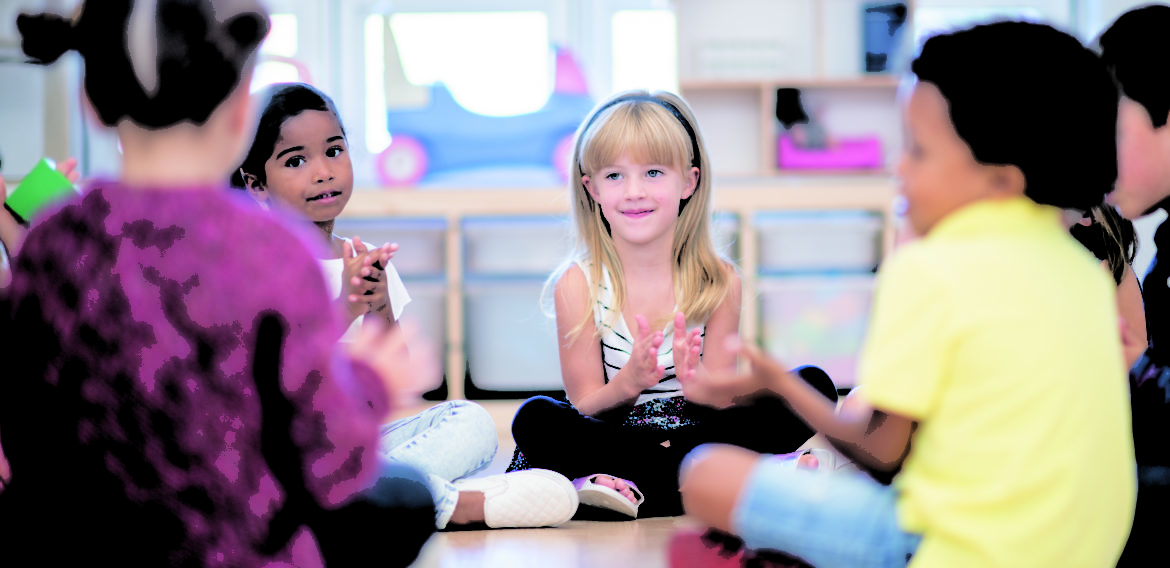


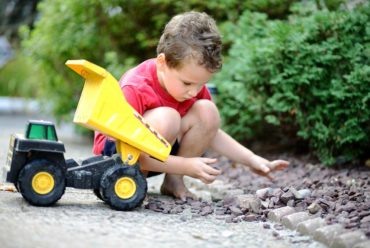

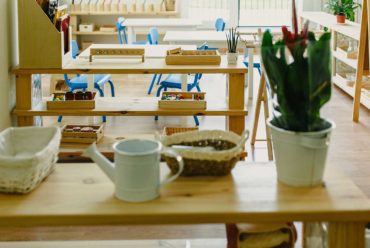
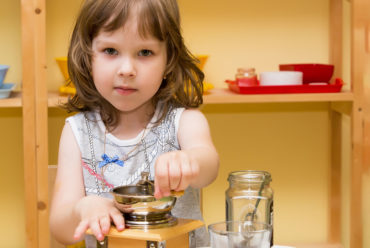
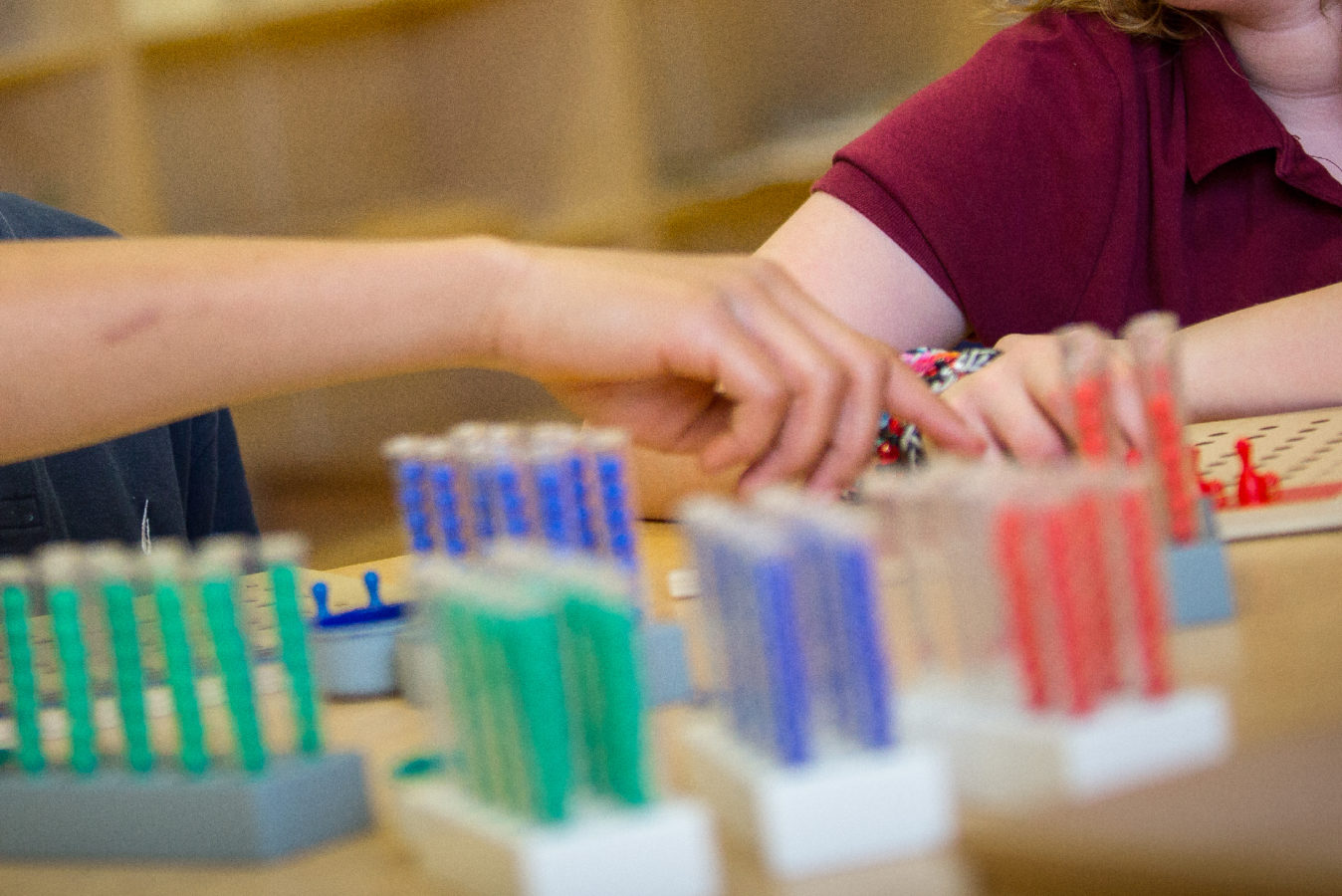
No Comments